*** Proof of Product ***
Exploring the Essential Features of “Understanding the Science for Tomorrow: Myth and Reality – Jeffrey Grossman”
Understanding the Science for Tomorrow: Myth and Reality
Explore the many possibilities of what your future may look like with this unforgettable survey of today’s most advanced research in fields such as engineering, biology, chemistry, and theoretical physics.
LECTURE
Trailer
01:Changing the Game
Before you can understand the science of tomorrow, you need to understand how science works. Here, explore the process of scientific discovery (rooted in the scientific method), how information is tested and shared, the intricate relationship between science and technology, how we know when science is right (or wrong), and more.
29 min
02:Magnetism – The Science of Attractions
Professor Grossman helps you make sense of magnetism, explains its importance to your world, and offers exciting examples of the promises of new technologies. These include everything from cell phones that could run for two years on a single charge to mag-lev trains that could take you from Los Angeles to New York in under 10 minutes.
28 min
03:Transportation – The Science of How We Move
What will the future of transportation, on land and in the air, look like? What role will hybrid-electric, plug-hybrid, and all-electric cars play? How can we build airplanes that travel faster and carry larger loads? And what about jetpacks—are they really possible or just a novelty of science fiction? Find the answers to these and other questions here.
33 min
04:Computers – Trillions of Bits per Second
Computers have undoubtedly revolutionized life—and will continue to do so for years to come. First, survey the fast-paced history of computers. Then, focus on possible limits to computing power. Finally, investigate possible technologies such as optical computing, quantum computing, and computing devices so small they can be woven into your clothes.
29 min
05:Artificial Intelligence – Thinking Machines
You don’t see much artificial intelligence (AI) in your life. Or do you? Find out what the future will look like by exploring key questions. Where did the idea for AI come from, and how does it work? What are some challenges hindering its widespread development? Where can you find it at work in tasks such as driving and cleaning?
26 min
06:Robotics – Living with Machines
Robots are more than just Hollywood fantasy—they may soon become a reality of everyday life. In this lecture, learn the radically different approaches taken by today’s robots to achieve specific tasks or functions; meet robots such as Elektro and ASIMO; and explore robots—both large and small—in the home, at war, and in performing surgery.
25 min
07:Microscopes – The Power of Seeing It All
Make sense of how microscopes have dramatically expanded our ability to see into smaller and smaller worlds. You’ll discover how microscopes evolved since the days of Galileo, learn why it is now possible to see individual atoms through superpowered microscopes, and travel to the frontier of tomorrow, with its “atom smashers”, 3-D imaging, and more.
30 min
08:Nanotechnology – The New Science of Small
In the first of two lectures on this revolutionary subject, explore the “what” of nanotechnology—the purposeful engineering of matter at scales of less than 100 nanometers. Among the topics you’ll learn about: what nanotechnology is, how it works, and how nanoscience has appeared in nature all along.
31 min
09:Nanotechnology – Changing Everything
Turn now to some concrete applications of nanotechnology in today’s world. Professor Grossman covers four areas: new materials (such as powerful new adhesives); energy (including the development of cheaper solar cells); health (through highly sensitive disease detectors and drug delivery systems); and the environment (in nanoparticles that can detoxify common contaminants).
31 min
10:Genetic Engineering – Life’s Building Blocks
We now have the potential for a revolution in biology and medicine based on our newfound ability to engineer life by accessing, modifying, and altering pieces of the inner “source code” of life itself: DNA. This lecture demystifies genetic engineering and reveals some of the many promises it holds.
32 min
11:Synthetic Life – Making Life from Scratch
Is it possible to “make” life in a lab? If so, how? Welcome to the world of synthetic life, which involves building new life forms from non-living substances. Learn how new strains of algae and viruses can help solve a variety of real-world problems. Also, encounter samples of life that—shockingly—exist without DNA as we know it.
30 min
12:The Brain – Your Body’s Supercomputer
Study the brain as an intricate network of “wires” responsible for every facet of your life. First, explore the structure and function of this impressive organ. Then, discover how science has helped us know what we know about how the brain works. Finally, ponder what we still have yet to uncover.
28 min
13:Cancer and Aging – Can They Be Defeated?
When and how will we finally cure cancer? How far can we lengthen the span of our lives? These two piercing questions are at the heart of this lecture on the life and death of cells; how we understand what’s going on in them, and how we can possibly better control them.
31 min
14:Powerful Viruses – Future Friend or Foe?
What is a virus, and how is it different from a bacterium? How are vaccines made, and is it possible to make a universal vaccine to protect us against all viruses? What knowledge and tools will be using to fight viruses in the near future? And how can viruses be essential to life on Earth?
29 min
15:Food or Famine – Science Holds the Key
Science and technology have radically changed how—and what—we eat. Here, examine why food is so important to our life; new advancements in how food is packaged and preserved; and the benefits and risks of genetically modifying food. Finally, close by taking a peek at what a meal from the future may very well look like.
28 min
16:Water—The Currency of the Next Century
Because of its growing scarcity around the world, water is primed to be the currency of the next century. Professor Grossman shows you how existing and upcoming technologies—including nanomaterials—can help alleviate the problems of water scarcity and contamination, and can offer new approaches to desalinate seawater.
33 min
17:Biofuels—The Fuel of the Future?
Investigate one of the hottest topics in the landscape of renewable energy: biofuels. Here, you’ll learn what sets them apart from fossil fuels, how they’re made from substances such as corn and algae, and some of the obstacles and drawbacks that still remain toward their mass use, such as high costs and low efficiency.
29 min
18:Solar Cells—Electricity from the Sun
Continue looking at alternative energy sources with this lecture on solar cells, also known as solar photovoltaics. Why is the most abundant renewable resource in the universe the least used? What can be done about it? Gain a newfound appreciation for our sun and the ways it can power our lives in the coming decades.
31 min
19:Batteries—Storing Energy Chemically
Unlike other energy sources currently in use, batteries offer a direct release of stored energy as electricity. Explore how far we can push current battery technology and vastly improve our ability to store energy in this manner. Also, take a peek at possible batteries of tomorrow, including lithium-air batteries and transparent batteries.
31 min
20:The Hydrogen Economy—Fact or Fiction?
Imagine a planet that runs on hydrogen, an element that is enormously abundant and completely clean. How would it work, and what would we use it for? Would a hydrogen-powered car be dangerous? What will a future global hydrogen economy look like? What technological advancements are still needed to make this idea a reality?
30 min
21:Nuclear Energy—Harnessing Star Power
Focus on the promising—yet controversial—topic of nuclear energy. Learn what makes it different from other forms of energy; how it’s produced; the hot-button issues of safety and nuclear waste; and why nuclear fusion may just offer the best direction for nuclear science to take in the future.
29 min
22:Prediction—From Storms to Stocks
It’s tough to make predictions. But thanks to recent advancements, we’re coming closer than ever before to mastering the science of forecasting. In this lecture, Professor Grossman discusses the latest developments in our ability to better understand and master volatile systems, including the weather, earthquakes, and the stock market.
30 min
23:Communication—Transcending Time and Space
Survey the driving forces behind the evolution of communication throughout history, from the development of language to the Internet. Then, take a closer look at future directions for how we communicate, including tools that allow us to speak different languages with ease and the seamless integration of machines and our minds.
30 min
24:Science in the Future
Examine scientific ideas that, however thrilling, still remain distant possibilities, such as time travel. Then, Professor Grossman ends the course with a passionate discussion about the challenges of his profession and the continued hope of science and technology to solve today’s most pressing challenges.
31 min
DETAILS
Overview
Explore the many possibilities of what your future may look like with Understanding the Science for Tomorrow: Myth and Reality, an unforgettable survey of today’s most advanced research in fields such as engineering, biology, chemistry, and theoretical physics. These 24 lectures by Professor Jeffrey C. Grossman delve into the genuine science of today’s-and tomorrow’s-hottest issues in an accessible manner that sidesteps myths and helps you grasp these sometimes esoteric but always important topics.
About
Jeffrey C. Grossman
The Sun is the opposite of a laser. If it were a laser, we’d have an easier time making solar cells because we could tailor our converters of light energy to one specific wavelength.
Dr. Jeffrey C. Grossman is Professor in the Department of Materials Science and Engineering at the Massachusetts Institute of Technology (MIT). He earned his B.A. in Physics from Johns Hopkins University and his M.S. in Physics and his Ph.D. in Theoretical Physics from the University of Illinois at Urbana-Champaign. Before joining MIT, Professor Grossman founded and headed the Computational Nanoscience research group at the University of California, Berkeley, which focused on designing new materials for energy applications. At MIT, he heads a research group devoted to understanding, predicting, and designing novel materials with applications in energy conversion, energy storage, and thermal transport. As a Lawrence Fellow at the Lawrence Livermore National Laboratory, he received the Physics Directorate Outstanding Science and Technology Achievement Award. He was also awarded a coveted Sloan Fellowship soon after joining MIT. Professor Grossman’s current research centers on the development of new solar thermal fuels, the design of nano-scale technologies for sequencing DNA in hours, three-dimensional photovoltaic panels, new materials to convert waste heat into electricity, and more. He has also developed entirely new ways to encourage idea generation and creativity in interdisciplinary science, including ‘speedstorming,’ a method of pair-wise idea generation that works similarly to a round-robin ‘speed-dating’ technique.
REVIEWS
WatchingU
Course on the future prepared 12 years ago
This professor is great, and the set of topics is still relevant though a bit dated, but the state of the art has changed dramatically in 12 years. This is glaringly obvious in the artificial intelligence lecture, which seems like ancient history. This is not the instructor’s fault: time has passed. But I must suggest that the great courses is not doing the right thing by leaving this course on the site in its current version. Invite the professor to prepare an updated course, and expect to need periodic revisions in the future. Thank you.
Truth and way
Thanks
What a spectacular and insightful course! Life changing!
Jack0
Presentation of cutting edge technologies
Prof. Grossman presents excellent lectures on cutting edge present technology, how it works, its impact on society, and future uses as well as the possible evolution of these technologies. He covers a variety of technologies including nanotechnology, solar energy, hydrogen energy, genetic engineering, fission, fusion, development of computer chips, AI, and robotics in a clear fashion so that one that is not a techie can grasp. He is an enthusiastic presenter and imparts his joy of science to his listeners.
Please see the full list of alternative group-buy courses available here: https://lunacourse.com/shop/

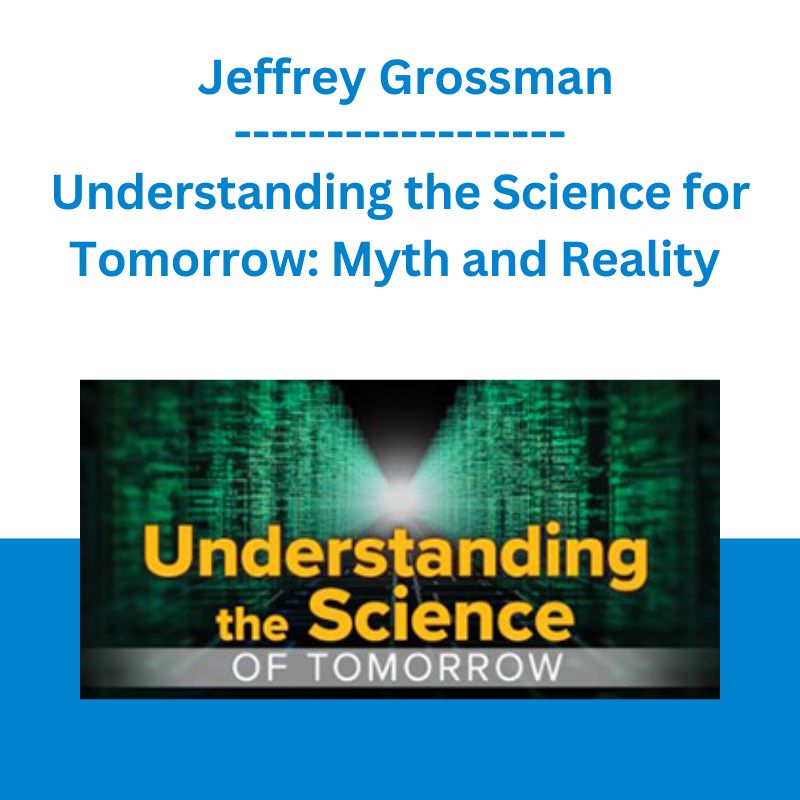
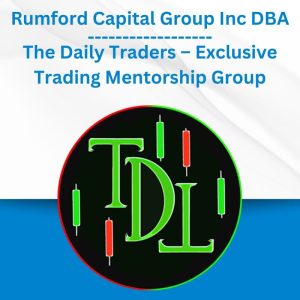


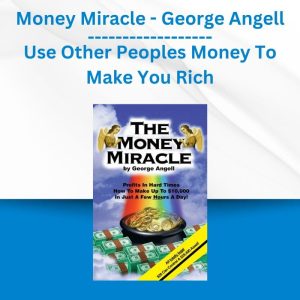
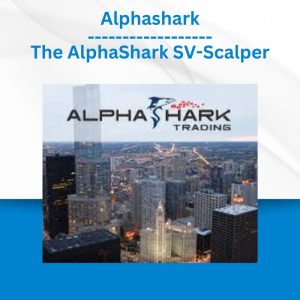
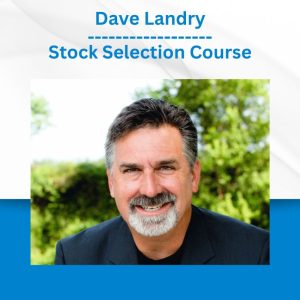
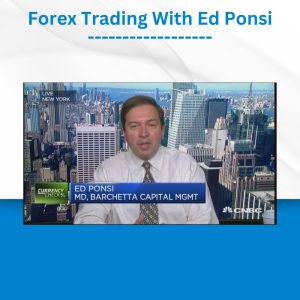

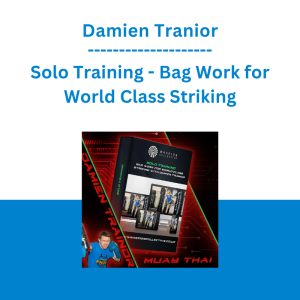 Damien Tranior - Solo Training - Bag Work for World Class Striking
Damien Tranior - Solo Training - Bag Work for World Class Striking 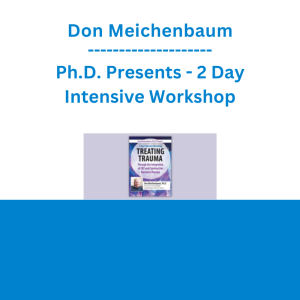 Don Meichenbaum, Ph.D. Presents - 2 Day Intensive Workshop: Treating Trauma Through the Integration of CBT and Constructive Narrative Therapy
Don Meichenbaum, Ph.D. Presents - 2 Day Intensive Workshop: Treating Trauma Through the Integration of CBT and Constructive Narrative Therapy  Atlas API Training - API 570 Exam Prep Training Course
Atlas API Training - API 570 Exam Prep Training Course  Sarah - Day Trading Options
Sarah - Day Trading Options  Tony Robbins - Become Unshakeable Challenge (2023)
Tony Robbins - Become Unshakeable Challenge (2023) 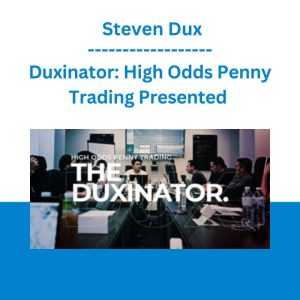 Duxinator: High Odds Penny Trading Presented - Steven Dux
Duxinator: High Odds Penny Trading Presented - Steven Dux  Crypto Dan - The Crypto Investing Blueprint To Financial Freedom By 2025
Crypto Dan - The Crypto Investing Blueprint To Financial Freedom By 2025 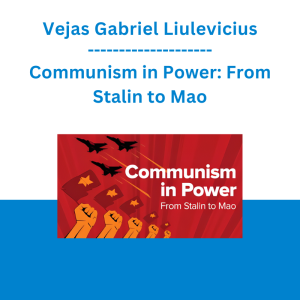 Vejas Gabriel Liulevicius - Communism in Power: From Stalin to Mao
Vejas Gabriel Liulevicius - Communism in Power: From Stalin to Mao 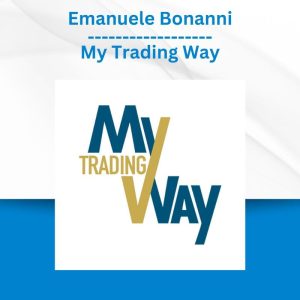 Emanuele Bonanni - My Trading Way
Emanuele Bonanni - My Trading Way  Don Pendleton - Acapulco Rampage (The Executioner Book 26) (Kindle)
Don Pendleton - Acapulco Rampage (The Executioner Book 26) (Kindle) 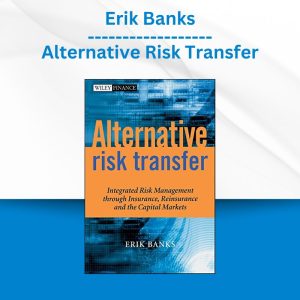 Erik Banks - Alternative Risk Transfer
Erik Banks - Alternative Risk Transfer  Landmarklabs - Easy SEO Checklist - Notion Template
Landmarklabs - Easy SEO Checklist - Notion Template 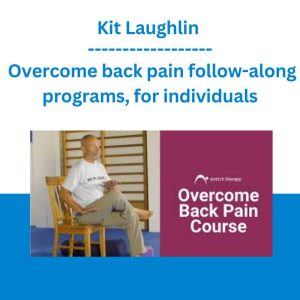 Kit Laughlin - Overcome back pain follow-along programs, for individuals
Kit Laughlin - Overcome back pain follow-along programs, for individuals 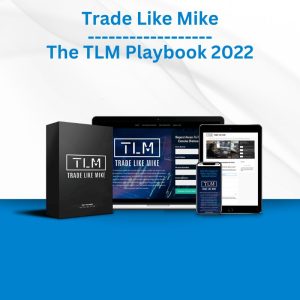 Trade Like Mike - The TLM Playbook 2022
Trade Like Mike - The TLM Playbook 2022  Kimberly Clairy - Not Just Surviving, but Thriving with Autism
Kimberly Clairy - Not Just Surviving, but Thriving with Autism